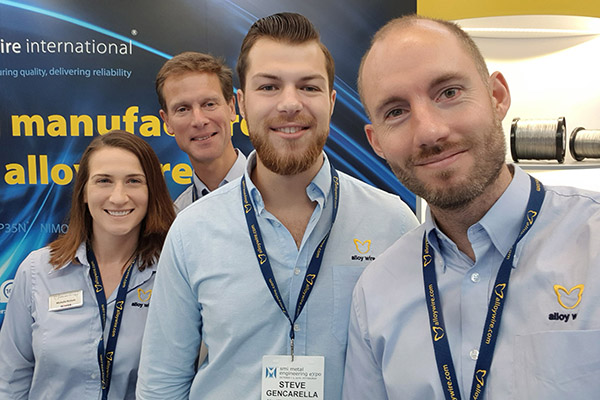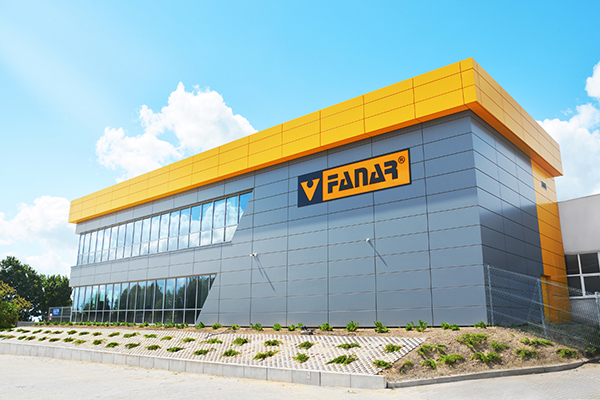
Aviation maintenance company Dublin Aerospace (DAL) has officially opened the doors to its state-of-the-art landing gear facility in Ashbourne, County Meath. The development is a result of a €12m investment supported by the Government through its agency Enterprise Ireland and Dublin Aerospace shareholders. With four new electroplating lines, light and heavy machine shops, dedicated inspection and an NDT centre – in addition to cleaning and assembly shops – the unit can accomplish all the tasks required for a complete overhaul under one roof.
For further information
www.dublinaerospace.com























